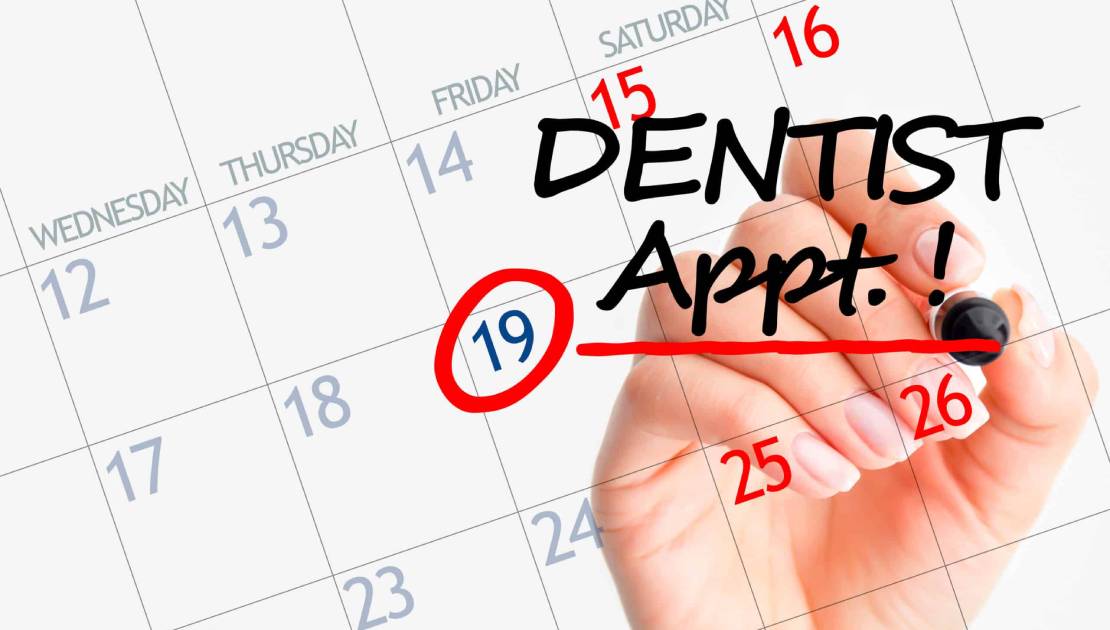How long should you have to wait for an appointment?
The waiting time for a dental appointment can vary significantly depending on various factors, including the urgency of the issue, the dentist’s schedule, and the type of care required.
For routine check-ups and cleanings, it’s common to wait a few weeks to a couple of months, as these appointments are typically scheduled well in advance.
Scheduling Your Next Appointment
Many dental practices recommend booking your next routine visit before leaving your current one to ensure you secure a convenient time slot.
For non-emergency treatments such as fillings, crowns, or cosmetic procedures, patients might wait anywhere from a few days to a few weeks, depending on the practice’s availability. It’s essential to communicate any discomfort or concerns to the dental office, as they might prioritize your appointment if necessary.
In the case of dental emergencies, such as severe pain, swelling, or trauma, most dental practices strive to see patients within 24 hours or even on the same day. Many offices set aside specific times each day for urgent cases to accommodate patients in need of immediate care.
Overall, the waiting time for a dental appointment can be minimized by being proactive in scheduling routine visits and communicating clearly with your dental provider about your needs. Establishing a good relationship with your dentist can also help ensure timely access to care.
Waiting Time for a Dental Appointment
The waiting time for a dental appointment can vary widely based on several factors, including the type of dental care needed, the practice’s location and size, and the urgency of the dental issue. Routine check-ups and cleanings typically require a wait of a few weeks to a couple of months, as these are planned well in advance. Many dental offices encourage patients to schedule their next routine appointment before leaving the current one, ensuring a convenient time slot.
For non-emergency treatments such as fillings, crowns, or cosmetic procedures, the waiting period can range from a few days to a few weeks, depending on the dentist’s availability and the complexity of the procedure. It’s important to communicate any discomfort or concerns to the dental office, as they might be able to prioritize your appointment if necessary.
“To minimize waiting times for dental appointments, it’s essential to be proactive. Schedule routine visits well in advance and clearly communicate your needs to your dental provider. Establishing a good relationship with your dentist can also help ensure timely access to care, as they may be more likely to accommodate you quickly in urgent situations.”
Overall, the waiting time for a dental appointment can be minimized by being proactive in scheduling routine visits and communicating clearly with your dental provider about your needs. Establishing a good relationship with your dentist can also help ensure timely access to care.






